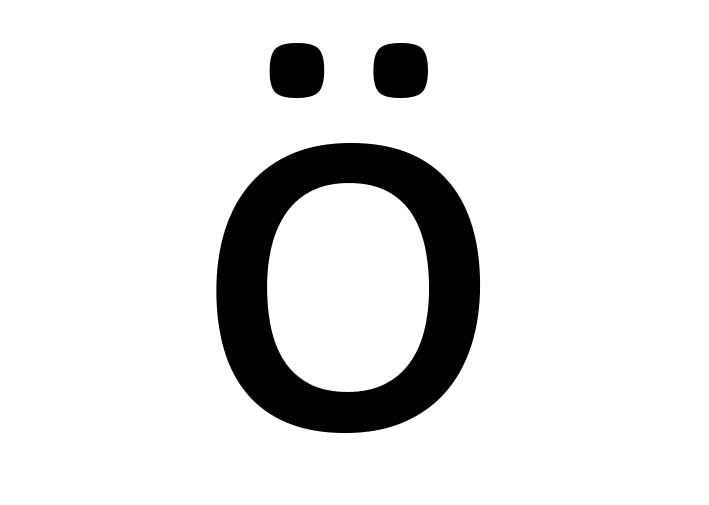

In fact, in such cases (long stem syllable) an umlaut never occurred (see the old high German brennen / branta / gi-brant !), Since the i in West Germanic is still preserved in Gothic between the root of the word and the derivation of the imperfect and the past participle had already failed. On the other hand, it is not uncommon that with the loss of an i or j, its effect, the umlaut, has apparently disappeared (so-called " Rückumlaut "), as for example in Middle High German and New High German in the infinitive for Gothic brannjan (to burn) is said, but in the past tense middle high German brante (now written burned), although the corresponding Gothic form brannida is. In Middle High German it says I valle, but you vellest (fall) because the second person originally had an i (Old High German fallis ).Ī later development (by analogy), on the other hand, is the formation of the verb rüemen (to boast, next to ruomen ) from ruom (fame) Primarily no umlaut could occur here because in Old High German the original j of the infinitive ending had already disappeared due to the previous change from -jan to -en (Germanic * hrōmjan → Old High German hruomen, ruomen ).Įven with nouns whose stem vowel is changed in the plural ( man - men ), this change is explained by the influence of an i earlier in the final syllable of the plural form. The umlaut was retained even if the i or j was dropped or was weakened to Schwa. In later times, clearly since Middle High German, the vowels â, ŏ / ô and ŭ / û also have their own graphemes (today ä, ö, ü ) or digraphs such as ae, oe, iu (for the diphthongs üe

Nevertheless, you should get used to this alternative writing in order to make sure that the addressee of your writing will understand you correctly.

Bräuche – Braeuche (costumes) and Bäuche – Baeuche (bellies). Compare:Īdmittedly, in some cases this looks very strange, e.g. All you have to do is to put the “e” behind the “a”, “o”, and/or “u”.
#GERMAN LETTER A WITH UMLAUT HOW TO#
Unfortunately, Umlaute cannot be found on all keyboards but there is no need to worry about that, seeing that there is a straightforward rule how to write them without the necessary keys on your keyboard.Īlternatively, the two dots above the letters “a”, “o”, and “u” can be represented by the letter “e”. Although these letters do not exist in the alphabet, they play an important role in writing. These are the Umlaute (umlauts) “ä”, “ö”, and “ü”. There are three letters in German that do not exist in English.


 0 kommentar(er)
0 kommentar(er)
